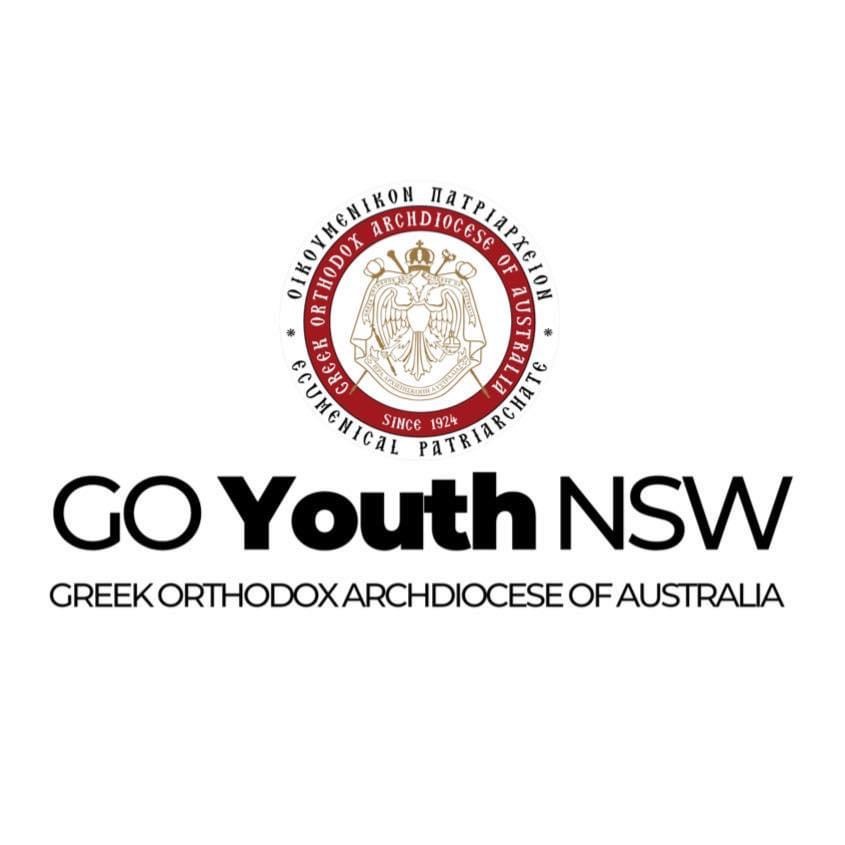The Structure of the Iconostasis | Tradition Explained
- Youth Movement | GO Youth

- Aug 15, 2020
- 2 min read
The iconostasis or 'icon wall' at the front on an Orthodox Church represents the division of Heaven and Earth, and how the barriers between the two have been broken.
The main part of an iconostasis is the Sovereign Tier, so-called because it contains the Royal Doors. Many iconostases will only consist of the sovereign tier.

The Royal Doors are at the centre. It is from out of the Royal Doors that the Gospel is proclaimed, and it is through the Royal Doors that the priest carries the chalice with the body and blood of Christ. And so, in one form or another, the Royal Doors are for the Word of God to enter and exit. Therefore, the Royal Doors are usually decorated with an icon of the Annunciation (showing us the Word of God as the person Jesus Christ) or with images of the Four Evangelists (showing us the written word of God); often, as pictured left, both sets of images are present.
As we look at the Iconostasis, then to the left and right of the Royal Doors are icons of the Mother of God and Christ Pantocrator (Almighty) respectively. The Mother of God holds the infant Christ, and represents the beginning of our Salvation, whereas the icon of Christ Pantocrator, or Almighty, represents the fulfillment, when Christ sits in Judgment at the end of the world. These two icons symbolise the first and second coming of Christ. Our worship takes place between these two events.
To the right of Christ is St John the Forerunner and Baptist, whilst to the left of the Mother of God is an icon of the Patronal Saint or Feast, i.e. the saint or feast to which the church is dedicated. In the iconostasis above, the icon is of St Philip the Apostle. The proximity of the two icons to the Royal Doors shows the honour given to St John and the patronal saint or feast of any given church.
Moving outwards from the Royal Doors, we then have the North Door on the left and the South Door on the right, collectively known as the Deacon’s Doors. These doors are used for deacons, other clergy, and anyone else who has a liturgical role, to enter and exit the altar-area, or sanctuary (the Royal Doors are generally reserved for the entrance and exit of the Gospel Book or Chalice). The North Door is liturgically the exit from the sanctuary, representing Heaven, and so often has an icon of the Archangel Michael, fully-armoured and carrying a sword, protecting the gates into Paradise. The South Door is liturgically the entrance into the sanctuary, and so often has an icon of Archangel Gabriel, who announced the coming of the Lord.
Above the Royal Doors is often an icon of the Last Supper, when Christ established the Eucharist.
In this way, the iconostasis becomes a visual representation of the Gospels and captures heaven on earth.





Comments